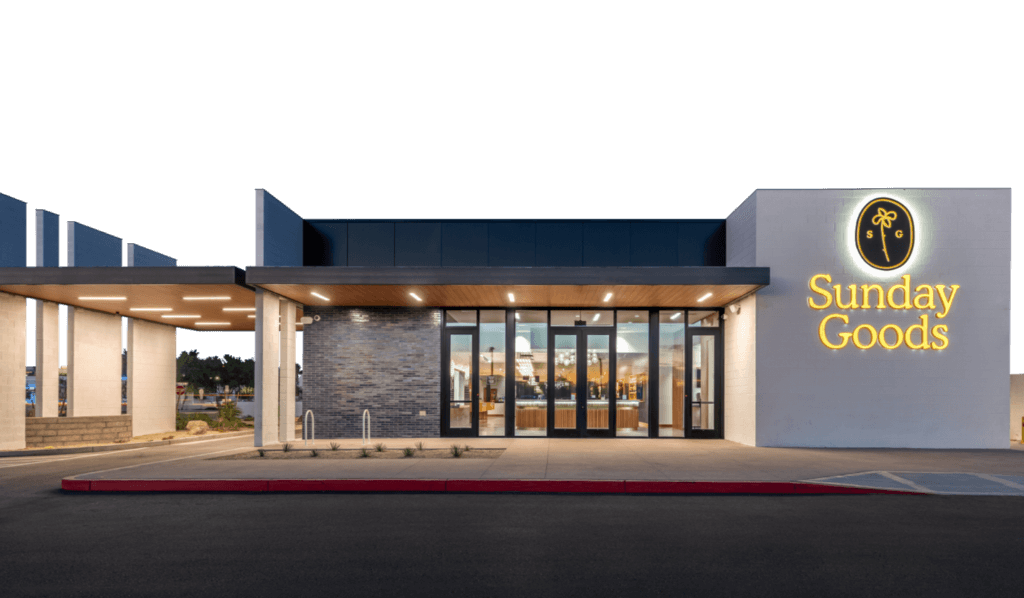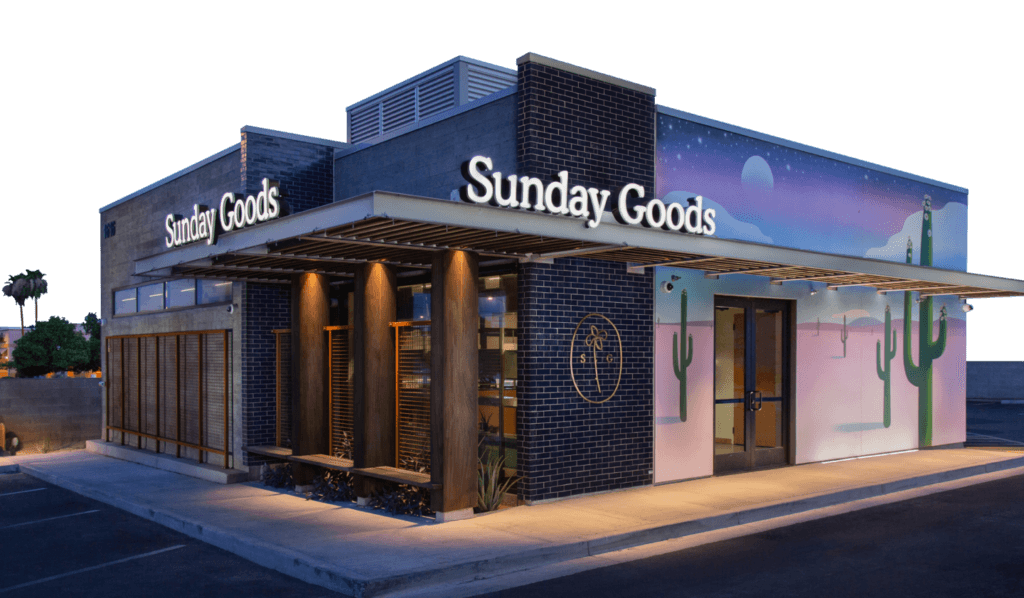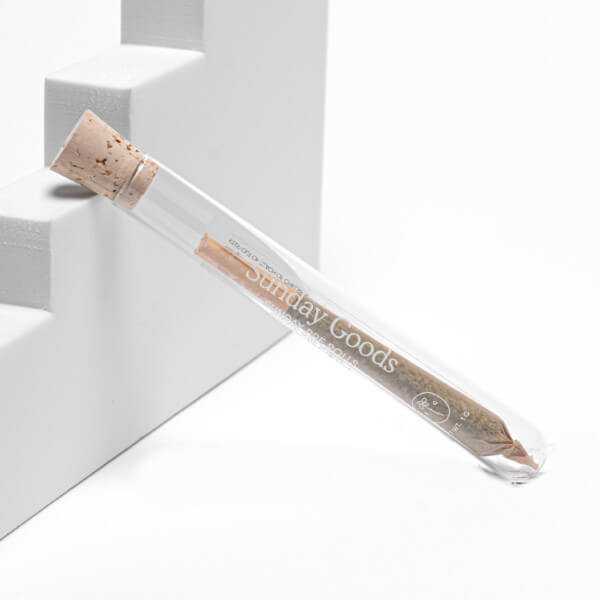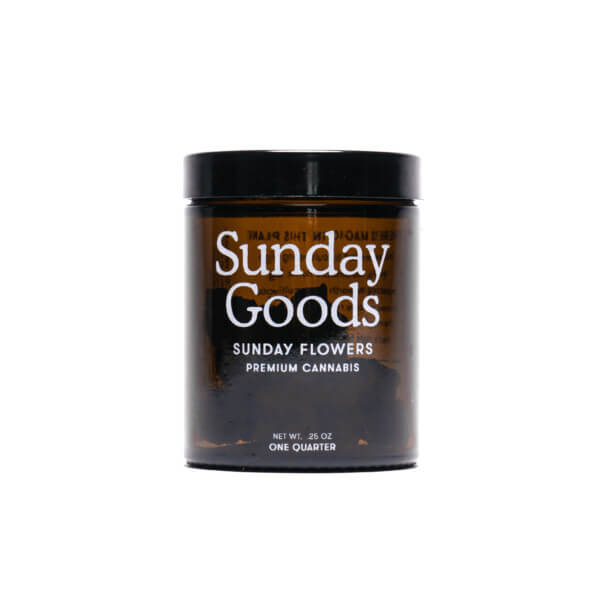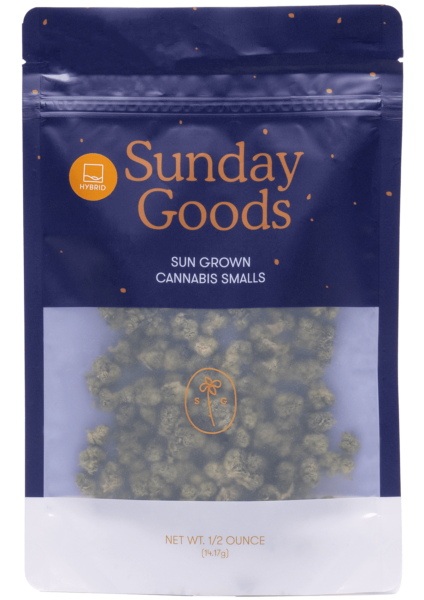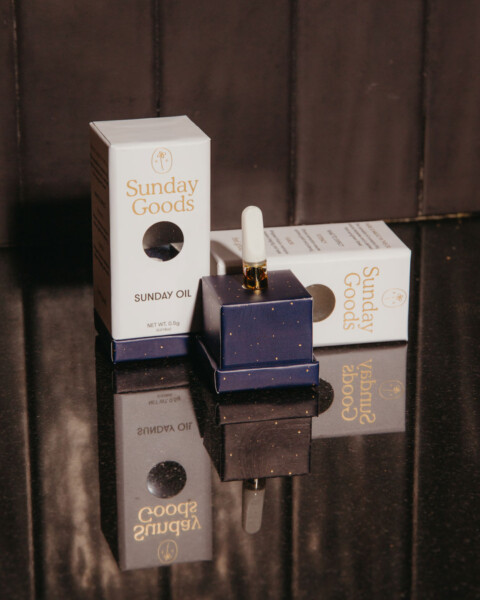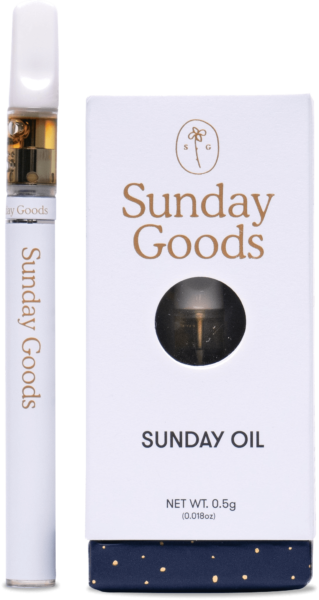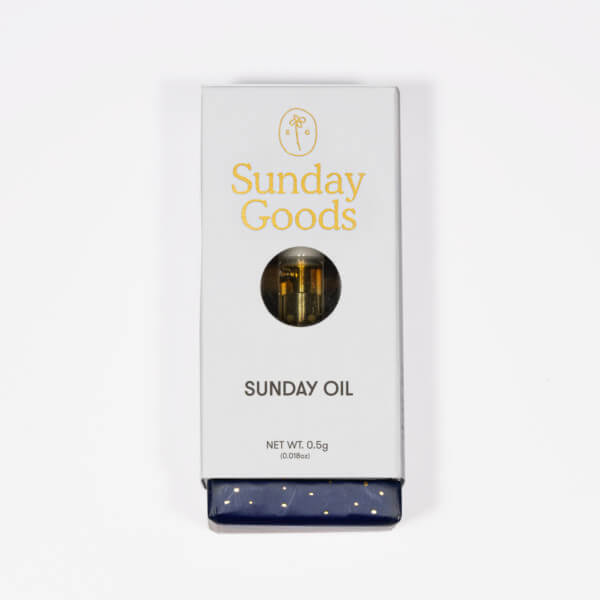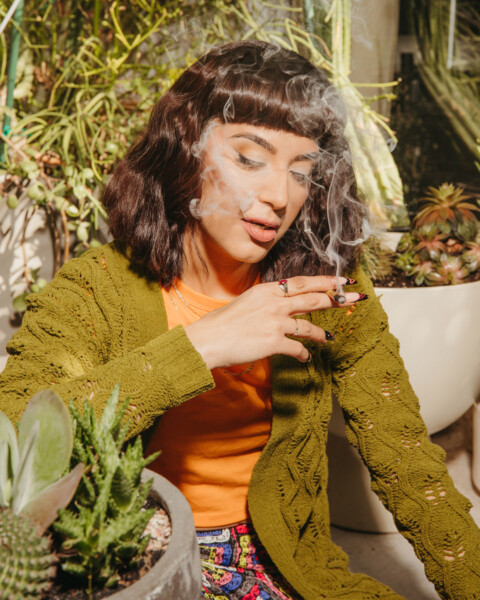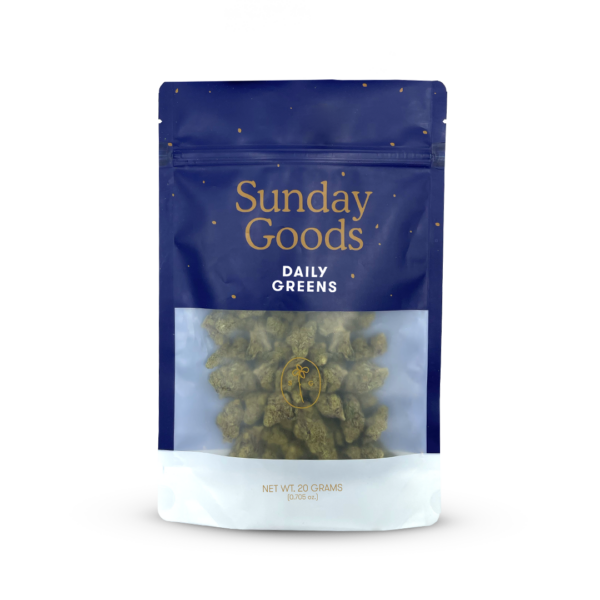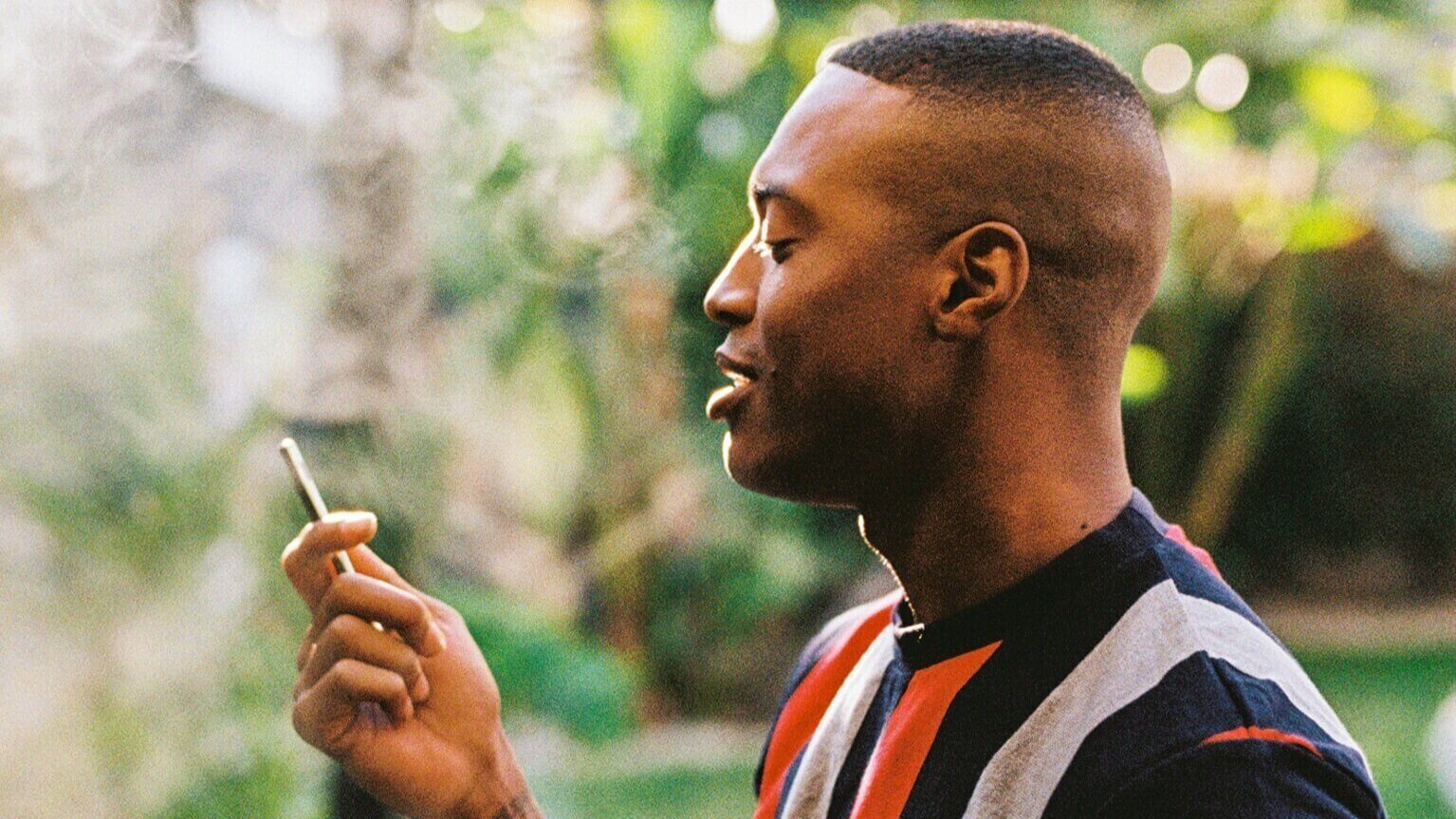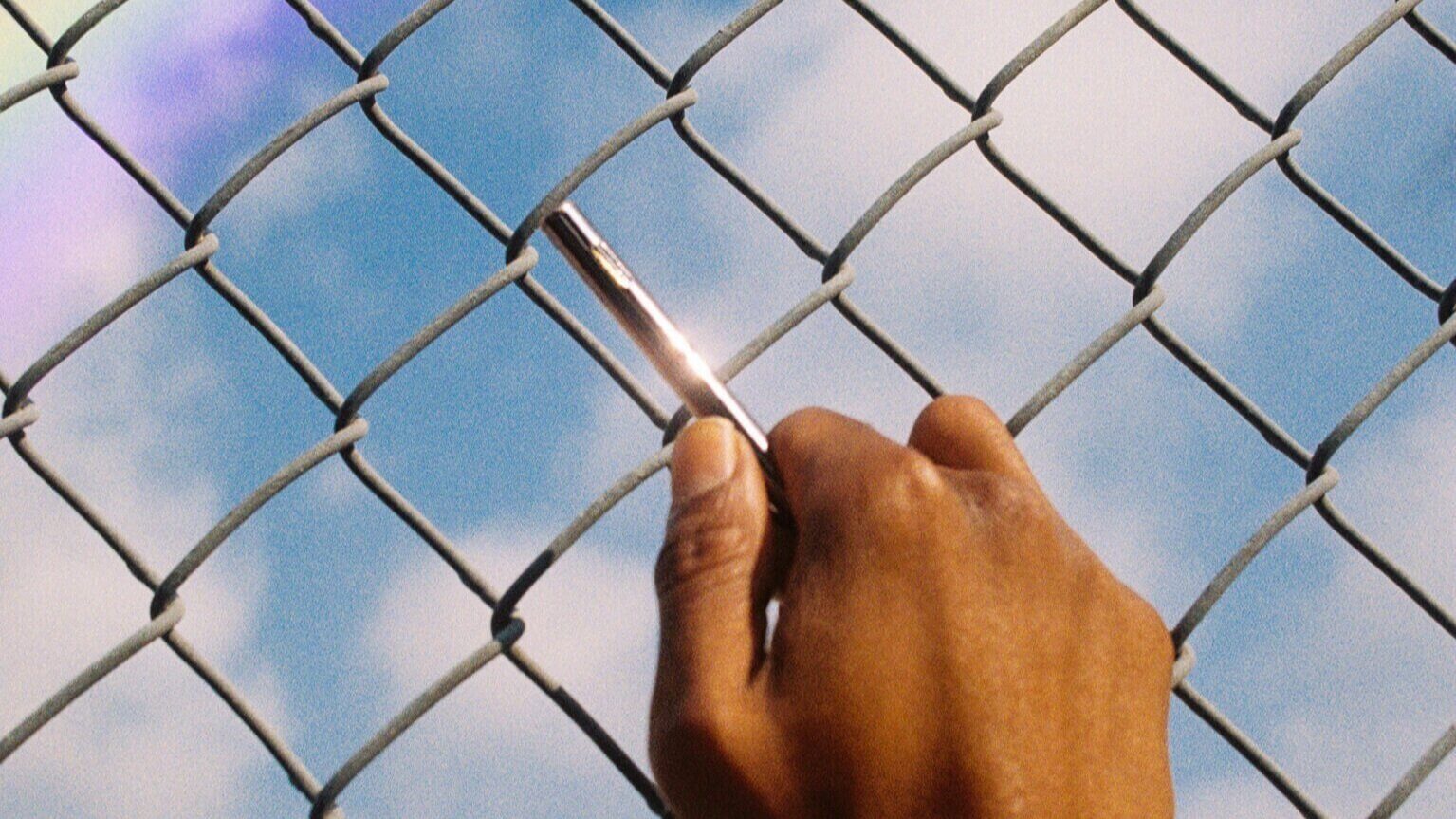







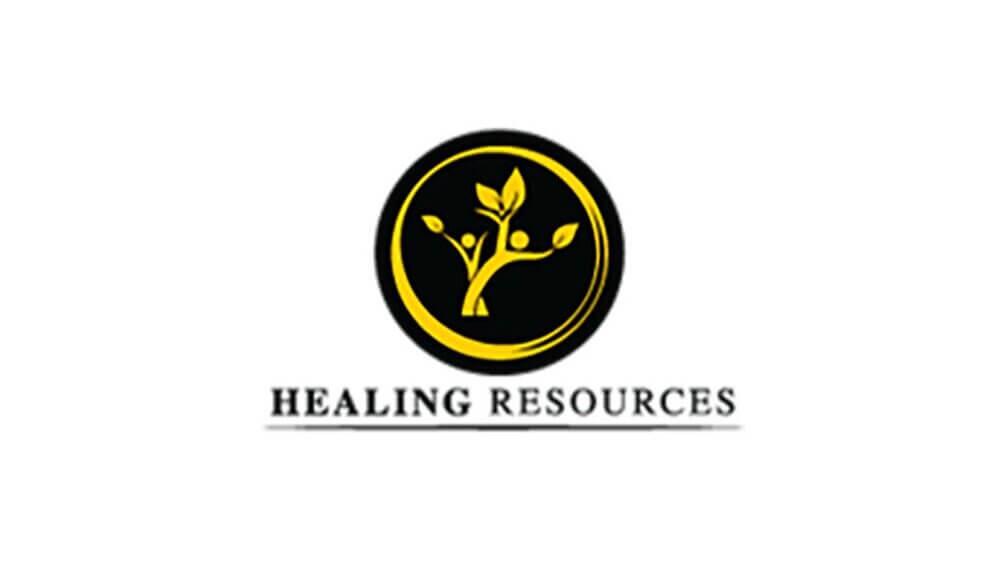
Cannabis
Meet Healing Resources
manufactur - June 26, 2020
If you’ve been feeling heavy recently, know that you are not alone. While everyone reacts differently to feeling down, we know that many of our patients are seeking out natural remedies that are proven to work. With that, we are excited to welcome Healing Resources, Arizona’s Premier CBD brand, to our shelves. To celebrate we chatted with Gavin Carpenter, the Founder and VP of Sales of Healing Resources, to learn more about CBD and what makes Healing Resources stand out in a saturated market.
Sunday Goods: Hey Gavin! First of all, could you explain to our audience what CBD is?
Healing Resources: Sure thing! Cannabidiol, or CBD, is a promising cannabinoid found in agriculturally grown hemp; a plant that has been used for over 10,000 years and is revered as one of the most versatile plants in the history of the Earth. It has been recognized for its benefits on human and animal health and can affect nearly every biological process. CBD is one of many compounds found in the cannabis plant, but it is non-intoxicating, meaning it will not impair you. Who would have guessed that the part of the plant that doesn’t get people high would become such a major player in today’s Cannabis revolution?
SG: What is Healing Resources?
HR: Healing Resources, based in Scottsdale AZ, is a vertically integrated hemp company that has been around since the beginning stage of the CBD/Hemp revolution which began shortly after the signing of the 2014 Agriculture Act, also known as the Farm Bill, which effectively lifted the almost 80 year ban on hemp cultivation, processing, and extraction in the United States. As a leader in the US hemp industry, Healing Resources manages their entire supply chain in house – cultivation, processing, extraction, formulation – from Seed to Shelf. I founded Healing Resources in 2015 under three main principles: Quality, Consistency, and Sustainability. Quality product, Consistent approach to their craft, and Sustainable business practices up and down its supply chain. With nearly 100 Full Spectrum & THC Free products in the marketplace nationwide, Healing Resources’ products cover all methods of delivering the highest quality cannabinoids into the body.
SG: What makes Healing Resources unique?
HR: Healing Resources is unique in a number of ways; first being that it was part of the initial pilot program enacted under the 2014 Farm Bill, with thousands of CBD and Hemp companies now saturating this industry – it speaks volumes that Healing Resources was one of the first to get involved. Secondly, Healing Resources prides itself on having a product assortment that covers all methods of delivery, each with the highest levels of bioavailability based on what customers are looking to achieve with CBD. Tinctures, capsules, topicals, inhalables and edibles, Healing Resources has something for everyone. Another unique part of its process is the way Healing Resources CBD products are formulated; using a specialized emulsification process that allows for faster absorption into the body which in turn allows for more accurate dosing. A majority of Healing Resources products have less than 5 ingredients, often less than three ingredients; and are made with all natural and organic ingredients whenever possible.
HR: What are the best uses for your CBD products?
SG: Without making any specific claims as to the potential benefits of CBD, we receive awesome feedback from customers that have achieved great benefit for a number of different conditions. CBD is miraculous in the fact that it is mild enough to be taken by perfectly healthy individuals just looking to feel good and live healthy and happy lives – and is strong enough to potentially help fight off some worse ailments that can affect the human body. There is a ton of information available about the benefits of CBD and we are happy to help answer any questions our new or existing customers have.
HR: What are your recommendations for dosing?
SG: Dosing is a very important part of the process when taking CBD; we recommend customers start with Healing Resources Full Spectrum Hemp Oil or THC Free tinctures that come with a metered-dose dropper to help customers find the dose that is right for them. We recommend starting with 0.5ml – 1ml held under the tongue for up to a minute before being swallowed with a beverage, continue this at least once a day for 10-14 days before changing your dosing. After that 10-14 day mark, we typically see that customers are starting to experience the effects of our CBD acting as “chemical messengers” throughout the body. If that is not a strong enough dose, we recommend slowly increasing that dosing over the course of a number of days to then understand the effects of it. Once a customer has found their dose, we have a wide variety of specifically dosed products ranging from 10mg CBD chewing gum and gummy bears all the way up to 50mg Full Spectrum and THC Free capsules. Healing Resources dedicated support staff is always here to help answer any specific questions about finding the right dose. An insider tip – enjoy your Healing Resources product with any type of good fats – dark chocolate, almonds, avocado, peanut butter, etc. to further boost the absorption and effect!
Interested in trying Healing Resources CBD for yourself? Then visit us in Phoenix! Customers do not need a medical card to purchase CBD, just order ahead and pick up in our lobby. One of our friendly cannabis concierge’s will be able to assist you upon arrival.
